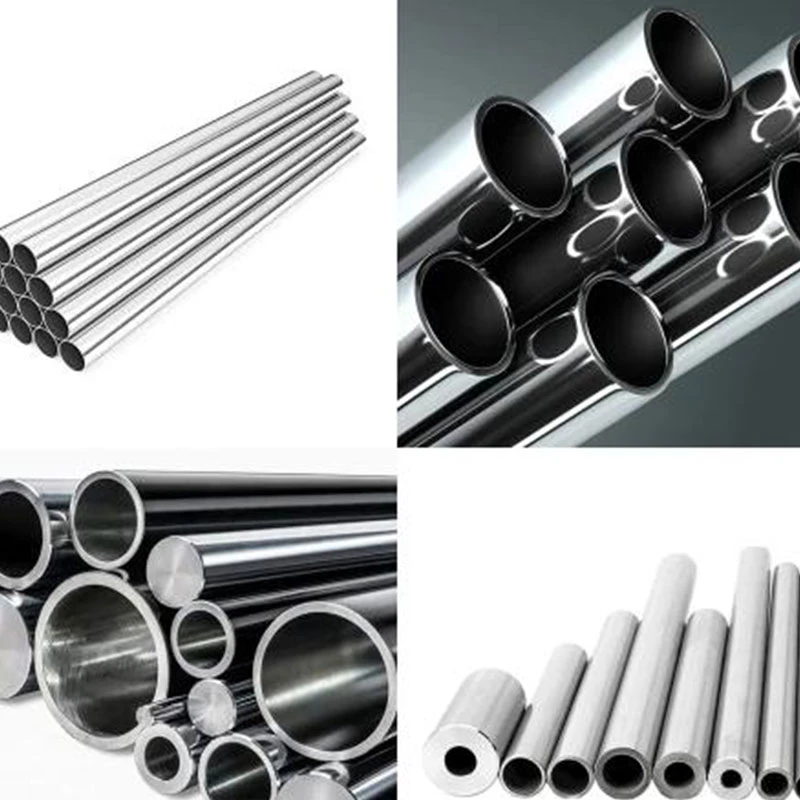-
Cangzhou Yulong Steel Co., Ltd.
-
Phone:
+86 13303177267 -
Email:
admin@ylsteelfittings.com
- English
- Arabic
- Italian
- Spanish
- Portuguese
- German
- kazakh
- Persian
- Greek
- French
- Russian
- Polish
- Thai
- Indonesian
- Vietnamese
- Zulu
- Korean
- Uzbek
- Hindi
- Serbian
- Malay
- Ukrainian
- Gujarati
- Haitian Creole
- hausa
- hawaiian
- Hebrew
- Miao
- Hungarian
- Icelandic
- igbo
- irish
- Japanese
- Javanese
- Kannada
- Khmer
- Rwandese
- Afrikaans
- Albanian
- Amharic
- Armenian
- Azerbaijani
- Basque
- Belarusian
- Bengali
- Bosnian
- Bulgarian
- Catalan
- Cebuano
- China
- China (Taiwan)
- Corsican
- Croatian
- Czech
- Danish
- Esperanto
- Estonian
- Finnish
- Frisian
- Galician
- Georgian
- Kurdish
- Kyrgyz
- Lao
- Latin
- Latvian
- Lithuanian
- Luxembourgish
- Macedonian
- Malgashi
- Malayalam
- Maltese
- Maori
- Marathi
- Mongolian
- Myanmar
- Nepali
- Norwegian
- Norwegian
- Occitan
- Pashto
- Dutch
- Punjabi
- Romanian
- Samoan
- Scottish Gaelic
- Sesotho
- Shona
- Sindhi
- Sinhala
- Slovak
- Slovenian
- Somali
- Sundanese
- Swahili
- Swedish
- Tagalog
- Tajik
- Tamil
- Tatar
- Telugu
- Turkish
- Turkmen
- Urdu
- Uighur
- Welsh
- Bantu
- Yiddish
- Yoruba

Nov . 10, 2024 03:59 Back to list
DIN 2527 PN16 Flange Specifications and Dimension Guide for Industrial Applications
DIN 2527 PN16 Flange Dimensions An Overview
Flanges are crucial components in piping systems, playing a significant role in the connection between pipes, valves, pumps, and other equipment. Among the various flange standards used globally, the DIN (Deutsches Institut für Normung) standards are widely recognized for industrial applications, particularly in Europe. One popular standard is the DIN 2527, which is specifically designed for flanges operating at a nominal pressure of PN16. This article provides a comprehensive overview of DIN 2527 PN16 flange dimensions, its applications, and considerations for selection and installation.
Understanding DIN 2527 PN16 Flanges
DIN 2527 refers to flat, raised-faced flanges used predominantly in low-pressure piping systems. The term PN stands for “Pressure Nominal,” an important indicator of the maximum pressure that the flange can withstand. In this case, a PN16 flange can operate at a maximum pressure of 16 bar (approximately 232 psi) at a temperature of 20°C.
The design of these flanges adheres to strict dimensional standards, ensuring compatibility and interchangeability with other components in the system. DIN 2527 flanges are primarily used in water, gas, and other non-corrosive fluid systems, making them a popular choice in various industries, such as water treatment, chemical processing, and heating applications.
Dimensions of DIN 2527 PN16 Flanges
The dimensions of DIN 2527 PN16 flanges are standardized to ensure uniformity across different manufacturers. The key dimension specifications include
1. Diameter The nominal diameter (DN) indicates the size of the flange, which varies based on the system requirements. Common sizes include DN40, DN50, DN65, DN80, DN100, DN125, DN150, and larger diameters up to DN1000 and beyond.
2. Thickness The thickness of the flange is also critical. Generally, thicker flanges can handle higher loads and have improved durability.
3. Bolt Hole Diameter and Spacing The diameter and arrangement of bolt holes are vital for secure fastening. Proper spacing ensures that the flanges can be tightly bolted together without any undue stress.
din 2527 pn16 flange dimensions

4. Face Type DIN 2527 flanges typically feature a flat face, but they can also exhibit raised faces, depending on the application. The flat face design allows for the easy attachment of gasket seals, providing a leak-tight connection.
5. Weight The weight of the flange is an important consideration, especially for larger diameters where lifting and installation may require additional equipment.
To provide a concise reference, below are some common dimensions for selected sizes of DIN 2527 PN16 flanges
| DN (mm) | Bolt Hole Dia. (mm) | Bolt Circle Dia. (mm) | Thickness (mm) | |---------|----------------------|------------------------|-----------------| | 40 | 12 | 90 | 10 | | 50 | 12 | 90 | 10 | | 65 | 12 | 110 | 12 | | 80 | 12 | 110 | 12 | | 100 | 12 | 125 | 14 | | 150 | 16 | 165 | 16 | | 200 | 16 | 215 | 18 |
Applications of DIN 2527 PN16 Flanges
DIN 2527 PN16 flanges are suitable for various environments, including
- Water Distribution Systems Due to their ability to handle fluid pressure, these flanges are widely used in municipal water systems. - Chemical Processing In chemical plants, they are often employed in piping systems for non-corrosive chemicals. - HVAC Systems These flanges can be found in heating, ventilation, and air conditioning installations, especially when used with water transport.
Conclusion
The DIN 2527 PN16 flange dimensions and specifications provide a standardized solution for connecting various components in piping systems. Understanding these dimensions is crucial for engineers and technicians involved in system design, ensuring that the right components are selected for operational efficiency and safety. When correctly installed and maintained, DIN 2527 flanges offer robust performance and reliability across numerous industrial applications. Therefore, it is imperative to consider the specific requirements of each installation and adhere to the guidelines set forth in the DIN standards for optimal results. Whether for new projects or retrofitting existing systems, choosing the right flange is fundamental to achieving long-term operational success.
Latest news
-
ANSI 150P SS304 SO FLANGE
NewsFeb.14,2025
-
ASTM A333GR6 STEEL PIPE
NewsJan.20,2025
-
ANSI B16.5 WELDING NECK FLANGE
NewsJan.15,2026
-
ANSI B16.5 SLIP-ON FLANGE
NewsApr.19,2024
-
SABS 1123 FLANGE
NewsJan.15,2025
-
DIN86044 PLATE FLANGE
NewsApr.19,2024
-
DIN2527 BLIND FLANGE
NewsApr.12,2024
-
JIS B2311 Butt-Welding Fittings LR/SR 45°/90° /180°Seamless/Weld
NewsApr.23,2024











